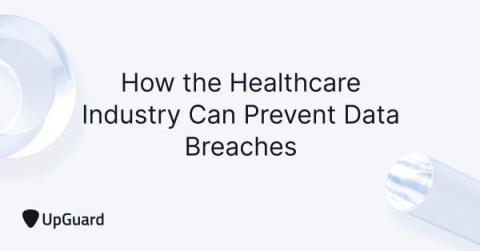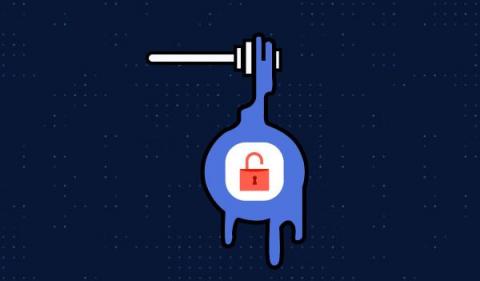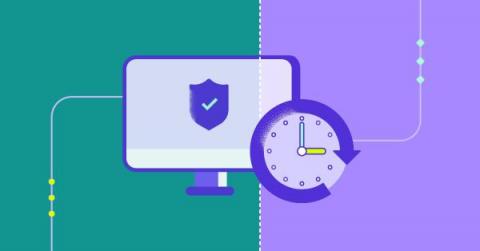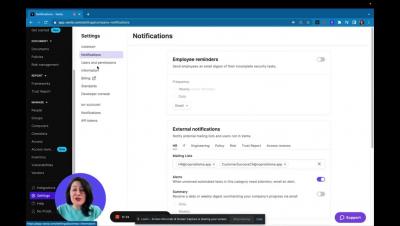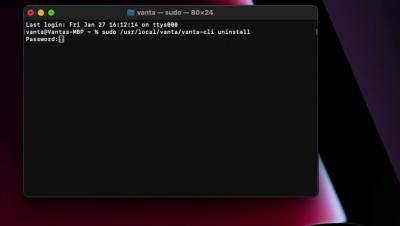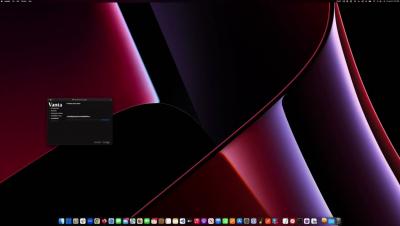Security | Threat Detection | Cyberattacks | DevSecOps | Compliance
Security
How the Healthcare Industry Can Prevent Data Breaches
According to a report released by IBM and Ponemon, the healthcare sector has the highest rates of security breaches and cyber attacks globally. The average cost of a data breach for healthcare organizations is around $10.1 million, while the global average for all industries sits around less than half of that amount, at about $4.35 million.
Creating a Honeytoken - Complete Tutorial
Honey Tokens or Canary Tokens are credentials designed to alert you when an attacker is in your infrastructure. This is a complete tutorial how to create them using only open-source projects.
How a vCISO can help you with ISO 27001 compliance
Information security is a major concern for many businesses for two reasons. Firstly is persistent threat of cyber attacks and data breaches. That’s why strong information security is a requirement to ensure the security of business and personal data. Secondly, it’s a key business enabler, with a push in recent times for all parts of a supply chain to become ISO 27001 certified.
Denial-of-Service Attacks: History, Techniques & Prevention
When is the right time for vulnerability scanning?
All it takes for cybercriminals to breach your mission-critical networks, database, and IT systems is a single unpatched vulnerability. To prevent this and maintain good cyber hygiene, you need to obtain real-time vulnerability data. Vulnerability scans generate a lot of data that when analyzed reveal several security flaws.



